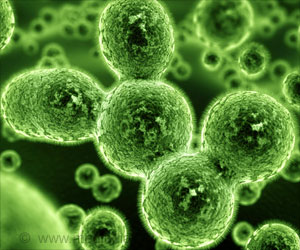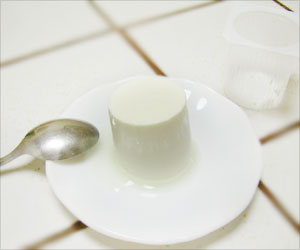Brucellosis is transmitted to humans from animals through direct contact with infected materials, ingesting animal products and inhalation of airborne agents.

‘Brucellosis disease function as facultative intracellular parasites, causing chronic disease, which usually persists for life in cattle.’





"We will now submit a detailed report to the Animal Welfare Board of India (AWBI) on the protocols of administering euthanasia to these affected cattle. I expect to get their clearance in a week's time and once that comes, we will undertake the procedures for euthanasia under the supervision of our veterinary anaesthetists," he said. "Before that we will now have to get the confidence of the locals around our farm because any fears of a mass burial which might be raised will have to be cleared. So, by the time the permission from AWBI comes, we plan to clear any doubts the locals might have," he added.
The meeting came when the AWBI stepped in and asked the varsity not to move or kill the infected animals without anaesthesia. The AWBI had received a complaint from a whistle-blower about the KVASU plan to transport and kill these head of cattle as they had tested positive for the deadly disease also called Malta fever.
The AWBI pointed out that transporting and killing the infected cattle without preceding anaesthesia, would be in apparent violation of the Prevention and Control of Infectious and Contagious Diseases in Animals (PCICDA) Act, 2009, and the Prevention of Cruelty to Animals (PCA) Act, 1960.
According to the World Health Organization (WHO), brucellosis is transmitted to humans from animals through direct contact with infected materials like afterbirth or indirectly by ingestion of animal products and by inhalation of airborne agents.
Advertisement
Advertisement









